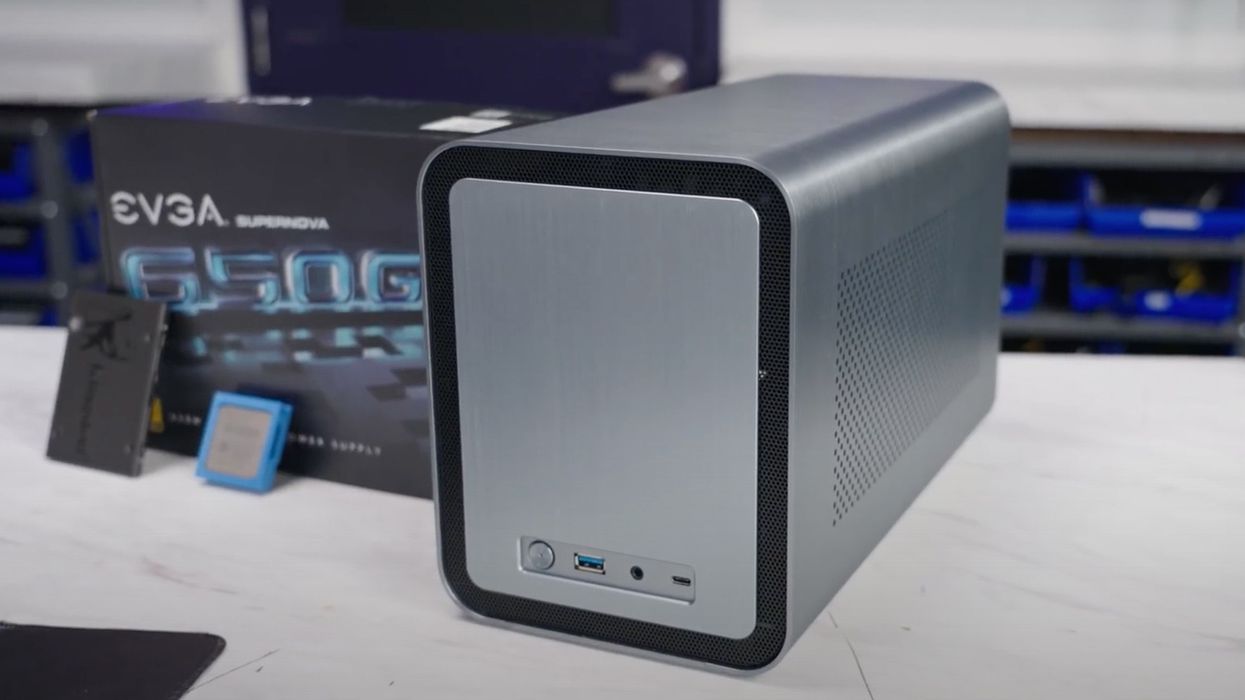How Do You Save Money in Post and Keep Your Footage Safe? (Hint: Build Your Own NAS)
A NAS, or network-attached storage, is a must for modern editors. But the price and accessibility can limit your workflow, so how about building your own?

Whether you’re doing post for a blockbuster or an upstart indie, having storage that you can rely on is vital. Even if weddings are your bread and butter, proper and reliable storage is the cornerstone of your post-production workflow.
While the big boys have a full IT staff to guard their data, or at the very least an expensive monthly backup solution, a lower-budget team or even one-man-band can’t afford that luxury.
That’s where this solid DIY approach from Linus Tech Tips can get you the most bang for the buck.
DIY Network-Attached Storage
The goal for crafting a home-built network-attached storage solution, or NAS for short, was to maintain the performance of a turnkey solution like a Synology five-bay system. That comes in at nearly $700 and doesn’t even include the drives.
So why should you go through the effort if there’s an off-the-shelf solution that ticks all the boxes?
A home-built solution offers greater flexibility, modularity, and can hit your wallet a lot less. Turnkey solutions are attractive but have limited ability to customize or upgrade down the road. As the technology evolves, an off-the-shelf system may need to be completely replaced, whereas a DIY solution can have a few key parts swapped to maintain the necessary performance.
To achieve that goal of a home-built NAS system, Team Linus turned to the Jonsbo N1 NAS Server grade Case. It’s extremely compact with an ITX design and can house five hard drives in a hot-swappable configuration.

That’s just the skeleton, though.
A NAS is basically a computer with a bunch of hard drives in it, so the team then looked to an AMD Ryzen 3 and Asus ROG motherboard to do the heavy lifting. Here is where a DIYer can save some cash while looking for a good used CPU. Linus says that while motherboards can die over time, the CPU tends to live on, so choosing one secondhand isn’t a bad idea for saving some money.
Then comes the RAM, the hard drives, and an SSD drive to house the NAS operating system. None of which have to be the fastest thing on the planet—they just have to work.
The Operating System
Speaking of the NAS operating system, using an open-source solution is a freebie, but don’t be fooled by its lack of a price point. When it comes to open-source, sometimes the software has more support from enthusiasts than a more expensive, proprietary option. There’s a reason commercial servers run on Linux.
There are many options for an open-source OS, but LTT went with TrueNAS. UNRaid would have been their second choice, and OpenNMS is yet another reliable option. There are plenty of options out there and you won't have to pay a dime.
Fine-Tuning the Details
The last decision to make is to decide what RAID configuration to go with. There are multiple options here, so it largely depends on how many drives you are using. Team Linus was using five drives, thus went with RAID Z1 for the most capacity possible.
TrueNAS recommended RAID Z2, but the priority was for max storage space. SMB Share was also enabled to give multiple users access through their network. Your needs may require a different RAID configuration, so make sure you pick the right one.
The Final Build
LTT’s backup home-built NAS provided them with up to 100TB of backup storage with nearly 300MB/s of throughput for under $700.
So, if you’re on a shoestring budget for managing all the 4K data files on a tight deadline, this option is definitely one to consider. It may look a tad vanilla, but it’s going to sit in a closet anyway.
Check out other data solutions from professionals on No Film School.
Source: Linus Tech Tips












